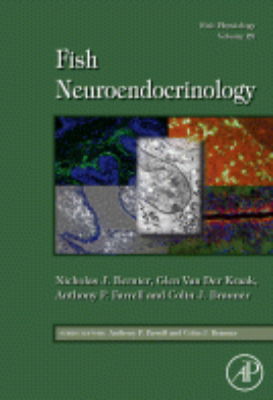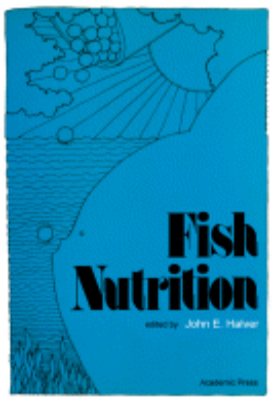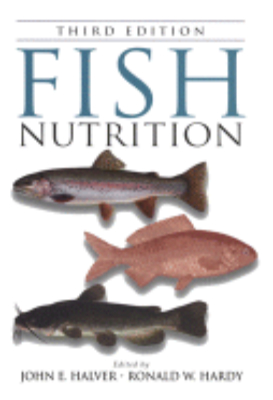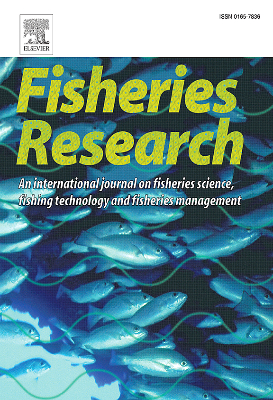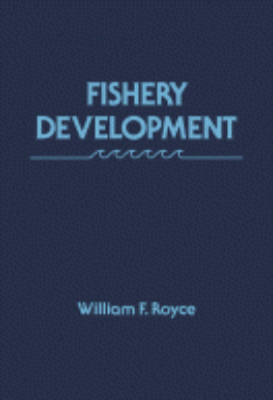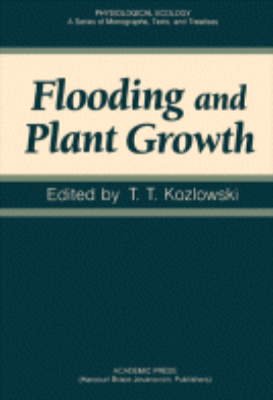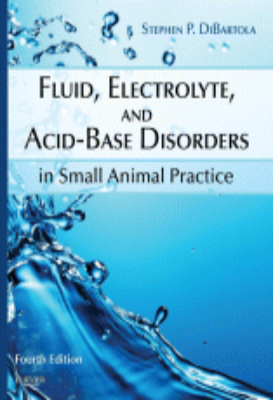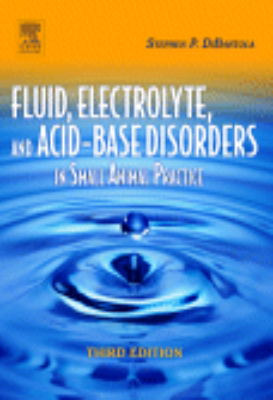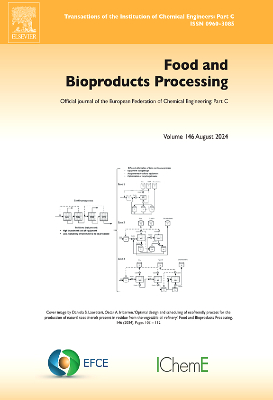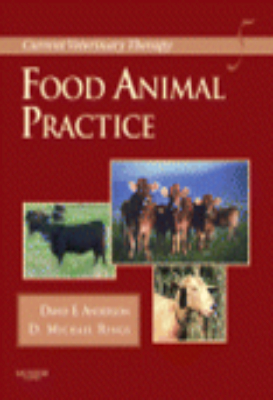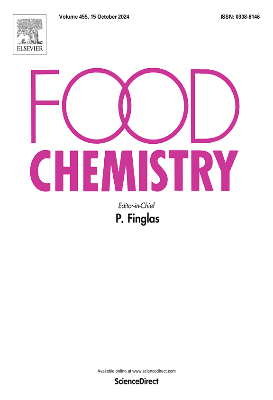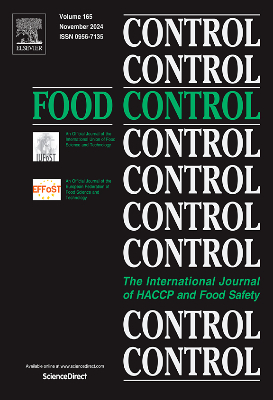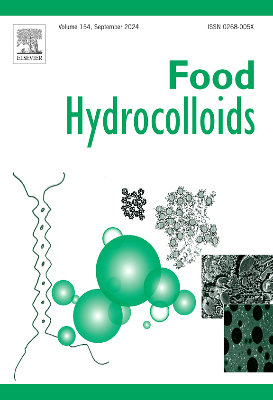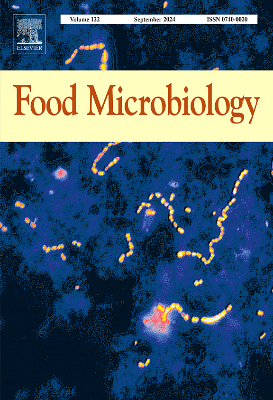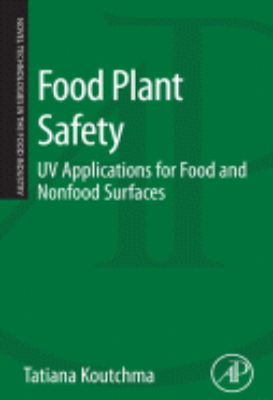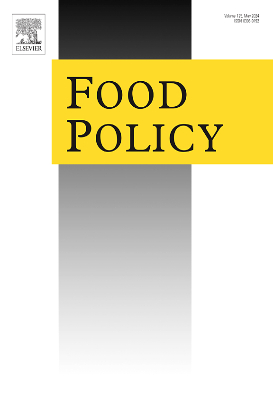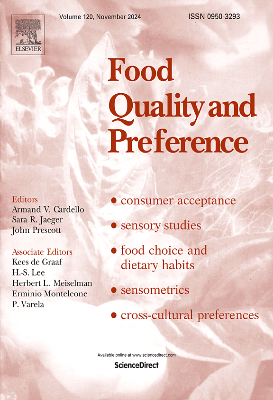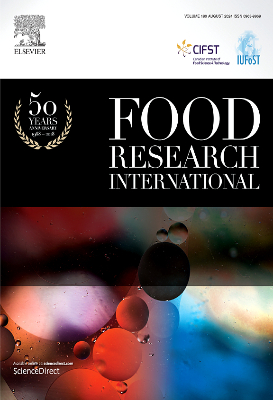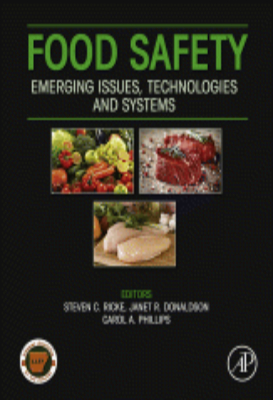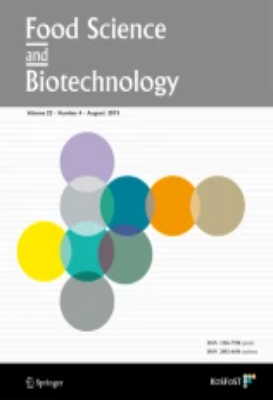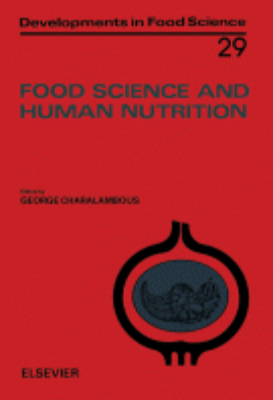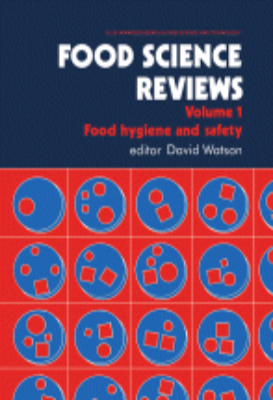E-Resources
Fish in Research
Fish in Research comprised of papers presented at a symposium entitled ""Fish in Research"" sponsored by the University of South Dakota in Vermillion. The purpose of the symposium was to ask those directly involved in research on fish, ""What unique information of biochemical and physiological processes can be gained by using fish as experimental animals"" The book presents the environment aspects of neoplasia in fishes; experimental fish neoplasia; and the comparative aspects of neoplasia in fish and other laboratory animals. The text also includes papers on the control of cholesterol synthesis in normal malignant tissue; the biochemical aspects of salt; and steroidogenesis in fish. Papers on the lipid catabolism in fish muscle; the contrasts between fish and warm blooded vertebrates in enzymes systems of intermediary metabolism; and quantitative inheritance and environmental response of rainbow trout are also considered. The book further tackles the blood groups in salmonid fishes; ontogeny of lactate dehydrogenase isozymes in trout; and amino acid and protein requirements of fish. The text also looks into the inorganic salt effects on growth; salt water adaption; and gill ATPase of pacific salmon. Zoologists and scientists involved in fisheries research will find the book invaluable.
Fish Nutrition: 1972
Fish Nutrition aims to present the state of knowledge of basic and applied nutritional requirements of fishes. Most of the information found in this book involves salmonids, their nutrition, and metabolism of nutrients. This is in view of the fact that more research has been done and completed with this fish. Although applied fish nutrition is a very broad field, this book focuses on some of its aspects. These include the classes of nutrients and requirements for several types of fishes. This book comprises of 11 chapters. The first few chapters deal with the general nutrient requirements of fishes. Then, other chapters discuss calorie and energy as well as micro- and macronutrient needs and requirements. The following chapters deal with the non-nutrient components of the diet, or those that influence the characteristics of food products including texture, odor, flavor, and color. Other topics covered are enzymes and systems of intermediary metabolism (Chapter 6); feed formulation and evaluation (Chapter 7); and salmonid husbandry techniques (Chapter 9). Nutritional fish diseases are also discussed in this book. Some of these diseases include thyroid tumor, gill disease, anemia, lipoid liver degeneration, and visceral granuloma. In Chapter 11, the relationship of nutrition and pathology is given emphasis. This chapter also tackles the diet and general fish husbandry. This topic is very important, because an adequate diet for fish husbandry is the foundation of fish farming.
Fish Nutrition: Third Edition 2003
This third edition of Fish Nutrition is a comprehensive treatise on nutrient requirements and metabolism in major species of fish used in aquaculture or scientific experiments. It covers nutrients required and used in cold water, warm water, fresh water, and marine species for growth and reproduction. It also highlights basic physiology and biochemistry of the nutrients and applications of these principles to scientific and practical diet formulations and to manufacturing techniques for major species used worldwide in aquaculture. Key Features *Nutrient requirements for dietary formulations for fish farming *Digestive physiology *Comparative nutritional requirements of different species *Fish as unique animals for certain metabolic pathways
Fishery Development
This book provides an overview of the whole process of fishery development and an appraisal for more efficiency in the industry. Topics include a broad overview of long-term changes in development of fisheries; the technical, social, political, organizational, and time requirements of long-term development programs; how to increase the long-term benefits to be derived from fisheries, and artisanal and market fishing, recreational fishing, and fish farming.
Flooding and Plant Growth
Flooding and Plant Growth covers the state of knowledge and opinion on the effects of flooding of soil with fresh or salt water on the metabolism and growth of herbaceous and woody plants. The book discusses the extent, causes, and impacts of flooding; the effects of flooding on soils and on the growth and metabolism of herbaceous plants; and the responses of woody plants to flooding. The text also describes the effect of flooding on water, carbohydrate, and mineral relations, as well as the effects of flooding on hormone relations and on plant disease. The adaptations to flooding with fresh water and the adaptations of plants to flooding with salt water are also encompassed. Agronomists, biochemists, plant ecologists, engineers, foresters, horticulturists, plant anatomists, meteorologists, geneticists, plant breeders, plant physiologists, and landscape architects will find the book invaluable.
Flow Cytogenetics-key feature
This is the first book to be devoted entirely to the application and development of flow techniques in cytogenetics. It provides comprehensive information on the use of flow cytometry and sorting for chromosome classification and purification. Cytogenetics and molecular biologists will find this book an invaluable reference source.
Fluid, Electrolyte, and Acid-Base Disorders in Small Animal Practice: 2012
"The leading reference for the diagnosis and management of fluid, electrolyte, and acid-base imbalances in small animals, Fluid, Electrolyte, and Acid-Base Disorders in Small Animal Practice, 4th Edition provides cutting-edge, evidence-based guidelines to enhance your care of dogs and cats. Information is easy to find and easy to use, with comprehensive coverage including fluid and electrolyte physiology and pathophysiology and their clinical applications, as well as the newest advances in fluid therapy and a discussion of a new class of drugs called vaptans. Lead author Stephen DiBartola is a well-known speaker and the ""go-to"" expert in this field, and his team of contributors represents the most authoritative and respected clinicians and academicians in veterinary medicine. Key Features. Over 30 expert contributors represent the ""cream of the crop"" in small animal medicine, ensuring that this edition provides the most authoritative and evidence-based guidelines.. Scientific, evidence-based insights and advances integrate basic physiological principles into practice, covering patient evaluation, differential diagnosis, normal and abnormal clinical features and laboratory test results, approaches to therapy, technical aspects of therapy, patient monitoring, assessing risk, and prediction of outcomes for each disorder.. Hundreds of tables, algorithms, and schematic drawings demonstrate the best approaches to diagnosis and treatment, highlighting the most important points in an easy-access format.. Drug and dosage recommendations are included with treatment approaches in the Electrolyte Disorders section.. Clear formulas in the Fluid Therapy section make it easier to determine the state of dehydration, fluid choice, and administration rate and volume in both healthy and diseased patients.. Updated chapters cover the latest advances in fluid therapy in patient management, helping you understand and manage a wide range of potentially life-threatening metabolic disturbances.. Expanded Disorders of Sodium and Water chapter includes information on a new class of drugs called vaptans, vasopressin receptor antagonists that may soon improve the ability to manage patients with chronic hyponatremia.. Hundreds of new references cover the most up-to-date advances in fluid therapy, including renal failure and shock syndromes."
Fluid, Electrolyte, and Acid-Base Disorders in Small Animal Practice: Third Edition 2006
"This comprehensive resource brings together cutting edge information about fluid, electrolyte, and acid-base physiology and fluid therapy as they apply to small animal practice. It also offers complete coverage of relevant physiology and pathophysiology, as well as important information for interpreting and analyzing biochemical test results. Key Features. Provides the most up-to-date information for understanding and managing a wide range of metabolic disorders.. Offers extensive coverage of patient evaluation, possible causes, normal and abnormal clinical and laboratory features, approaches to therapy, technical aspects of therapy, patient monitoring, assessing risk, and prediction of outcomes for each disorder.. Contributions from 25 experts in the field ensure the most current, authoritative coverage.. Comprehensive references offer opportunities for further research.. Helpful tables, algorithms, and illustrations highlight important concepts.. A section on Special Therapy, including blood transfusions and blood substitutes, critical nutrition, and dialysis.. 3 new chapters:. Strong Ion Difference Approach to Acid-Base Balance. Monitoring Fluid Therapy and Complication of Fluid Therapy. Enteral Nutrition"
Food Animal Practice
Written by leading food animal researchers, practitioners, and educators, this comprehensive guide provides quick access to the latest medical and surgical interventions for cattle, sheep, and goats. The concise, quick-reference format and logical body systems organization make it ideal for use in both the clinical setting and the field. Youll easily locate key information on preventing, treating, and managing disease in food animals, as well as expert insights on improving outcomes for individual animals and herd populations.
Food Plant Safety
"Food Plant Safety: UV Applications for Food and Non-Food Surfaces discusses the fundamental principles of ultraviolet (UV) light technology, and gives practical recommendations on UV processes and systems design for specific processing operations, as well as how microbial efficacy of UV light can improve the quality of existing product lines. Innovative research of ultraviolet light for food applications has been growing worldwide. With increased consumer demand for fresher, minimally processed but safe foods, comes the need for novel technologies to meet that demand. Ultraviolet technology has been taking its niche in food production as a non-chemical treatment to control and enhance safety of processing plants and storage facilities. This concise resource covers the fundamentals of this promising technology and its applications; it will benefit a broad audience of professionals in food engineering, processing, and product development, as well as graduate level students. Key Features. Focuses on plant processing operations in the food industry. Presents the benefits of UV light technology applications for air quality, and safety of non-food and food contact surfaces. Covers the cost benefits and energy and environmental advantages of using UV technologies"
Food Safety
"Food Safety: Emerging Issues, Technologies and Systems offers a systems approach to learning how to understand and address some of the major complex issues that have emerged in the food industry. The book is broad in coverage and provides a foundation for a practical understanding in food safety initiatives and safety rules, how to deal with whole-chain traceability issues, handling complex computer systems and data, foodborne pathogen detection, production and processing compliance issues, safety education, and more. Recent scientific industry developments are written by experts in the field and explained in a manner to improve awareness, education and communication of these issues. Key Features. Examines effective control measures and molecular techniques for understanding specific pathogens. Presents GFSI implementation concepts and issues to aid in implementation. Demonstrates how operation processes can achieve a specific level of microbial reduction in food. Offers tools for validating microbial data collected during processing to reduce or eliminate microorganisms in foods"
Food Science Reviews
Bridging the gap between journal articles and specialised books, Food Science Reviews provides expert coverage of key areas of food science. Drawing solely on contributions from leading scientists, the collated essays established themselves as a standard reference on the most interesting current work in the field. This topical first volume covers an area which is increasingly in the public and scientific eye. Expert contributions on all aspects of the microbiological and chemical safety of food provide a key review of food hygiene and safety.


